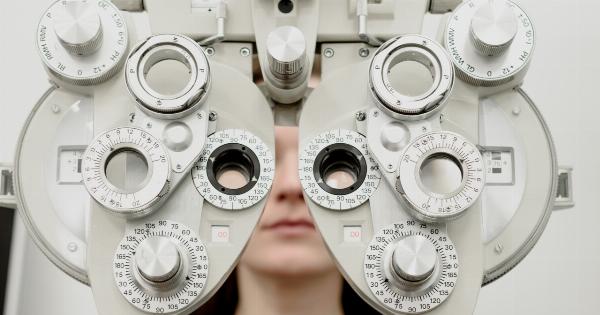Alzheimer’s disease is a progressive neurological disorder that affects the brain, resulting in memory loss, cognitive decline, and behavioral changes. It is the most common cause of dementia, accounting for about 60-80% of all cases.
As the disease progresses, individuals with Alzheimer’s experience difficulties with language, problem-solving, and other essential cognitive functions.
The Need for Early Detection
Early detection of Alzheimer’s disease is crucial for several reasons. Firstly, it allows for prompt medical intervention and implementation of appropriate treatment strategies that can slow down disease progression and alleviate symptoms.
Secondly, early diagnosis enables individuals and their families to plan for the future, ensuring that the necessary support systems are in place to provide optimal care and quality of life. Lastly, identifying the disease in its early stages allows for the recruitment of participants for clinical trials and research studies, which ultimately contribute to the development of potential new therapies.
Optometry and Alzheimer’s Disease
Optometry, a branch of healthcare specializing in eye and vision care, plays a significant role in the early detection of Alzheimer’s disease.
The eyes and the visual system are connected to the brain, and impaired vision or specific eye abnormalities can indicate underlying neurological conditions.
The Connection Between the Eyes and the Brain
The optic nerve, responsible for transmitting visual information from the eyes to the brain, is directly linked to the central nervous system.
Any changes or abnormalities in the brain, such as those seen in Alzheimer’s disease, can manifest in the eyes as well. Therefore, optometrists can potentially identify biomarkers or signs of Alzheimer’s disease during routine eye examinations.
Changes in Visual Function
Alzheimer’s disease affects not only memory and cognitive function but also visual perception. Individuals with Alzheimer’s often experience difficulties with depth perception, contrast sensitivity, and color perception.
These changes may be subtle but can be picked up during eye examinations.
Retinal Imaging and Alzheimer’s Disease
Advances in retinal imaging technology have paved the way for potential non-invasive diagnostic tests for Alzheimer’s disease.
The retina, which is an extension of the brain, contains blood vessels and nerve cells that can provide valuable insights into the health of the central nervous system.
Amyloid Plaques in the Retina
Amyloid plaques, a hallmark characteristic of Alzheimer’s disease, can accumulate in the retina as well. These plaques are formed by the accumulation of abnormal proteins, and their presence in the retina may mirror their existence in the brain.
Researchers are developing imaging techniques to detect and measure these retinal amyloid plaques, providing a potential tool for early Alzheimer’s diagnosis.
Changes in the Optic Nerve
Optical coherence tomography (OCT) is a non-invasive imaging technique used in optometry to capture detailed images of the optic nerve and the retina.
Studies have shown that individuals with Alzheimer’s disease exhibit thinning of the nerve fiber layer in the optic nerve, indicating damage to the nerve cells. By monitoring these changes, optometrists can potentially detect the early stages of Alzheimer’s.
Role of Optometry in Multidisciplinary Care
Early detection of Alzheimer’s disease requires a multidisciplinary approach, with optometrists playing a crucial role alongside other healthcare professionals.
Optometrists can collaborate with neurologists, geriatricians, and other specialists to ensure comprehensive assessment and management of individuals at risk or already diagnosed with Alzheimer’s disease.
Educating Optometrists
Given the potential of optometry in detecting Alzheimer’s disease, it is essential to educate optometrists about the disease and equip them with the necessary knowledge and skills.
Continuing education programs and professional development opportunities can enhance optometrists’ understanding of the link between ocular health and neurological disorders, enabling them to provide improved care to their patients.
Conclusion
Optometry plays a critical role in the early detection of Alzheimer’s disease.
By examining changes in visual function, utilizing retinal imaging techniques, and monitoring changes in the optic nerve, optometrists can contribute to the early diagnosis and intervention of this debilitating condition. Collaborating with other healthcare professionals and staying updated on the latest advancements in Alzheimer’s research allows optometrists to provide holistic care to individuals with Alzheimer’s disease.



























